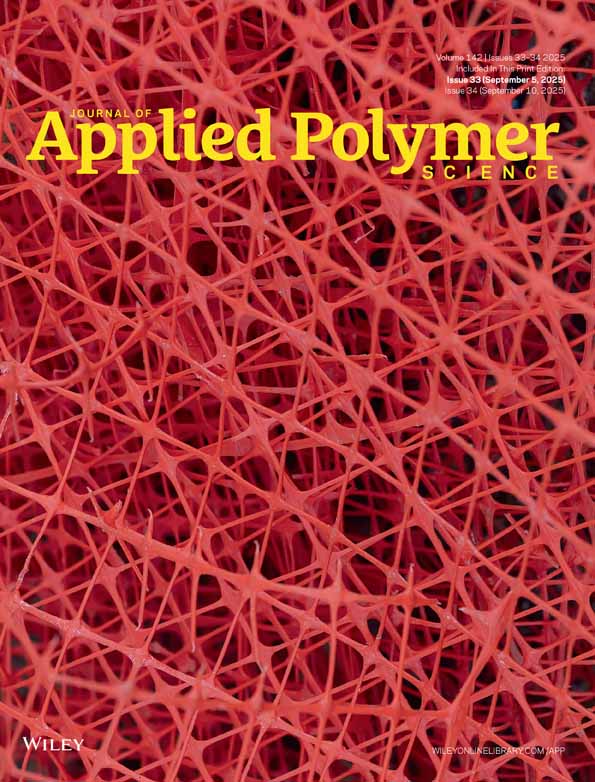Synthesis and characterization of alumina flakes/polymer composites
Abstract
Alumina flakes were prepared by solution combustion method and milled to provide powder. XRD and SEM data exhibited microsized flakes with 100 nm thickness and nanosized grains. Then the powders were dispersed in polystyrene (PS) and poly methyl methacrylate (PMMA) matrixes and thin sheets of composites were produced by solution method. Mechanical properties of the composites were characterized using tensile test and their fracture surfaces, elemental composition and hydrophobic property were tested by SEM, EDX and contact angle techniques, respectively. The results exhibited better mechanical properties compared to pure polymer samples i.e. the elastic modulus in PMMA and PS composites, were increased about 107 and 109%, respectively. In addition the composite surfaces became more hydrophobic than pure polymer systems. © 2009 Wiley Periodicals, Inc. J Appl Polym Sci, 2010




